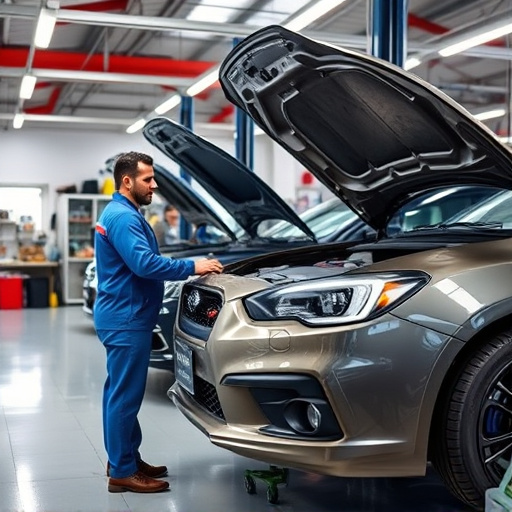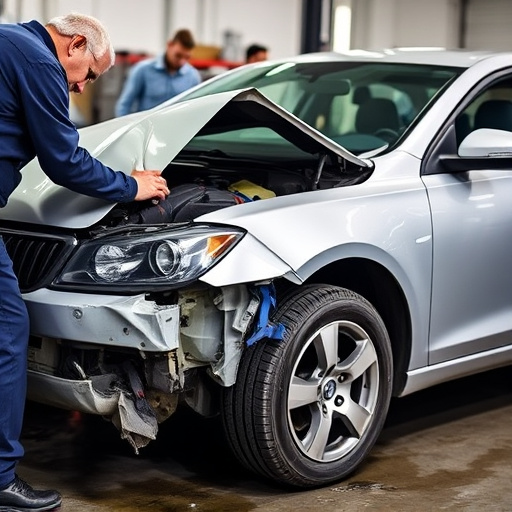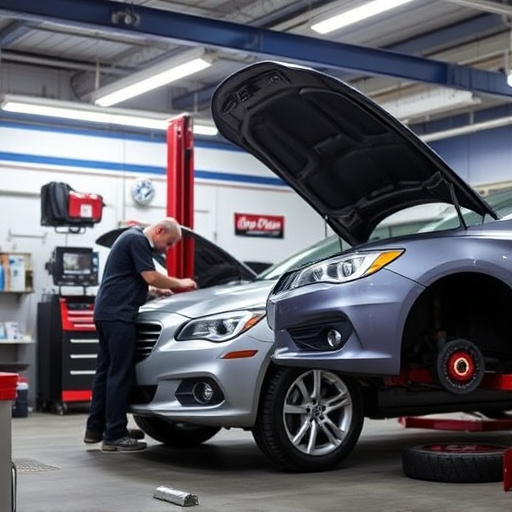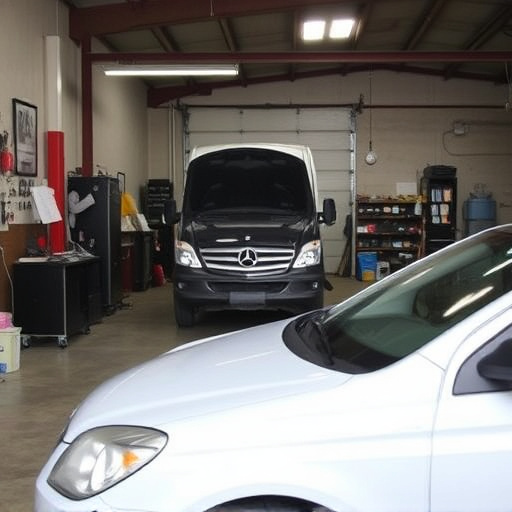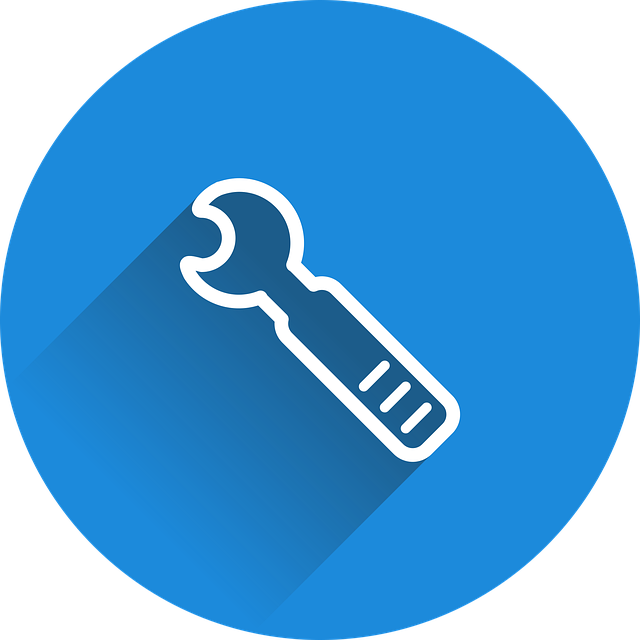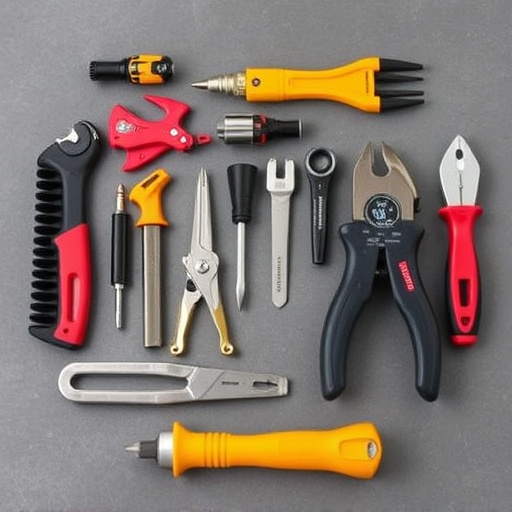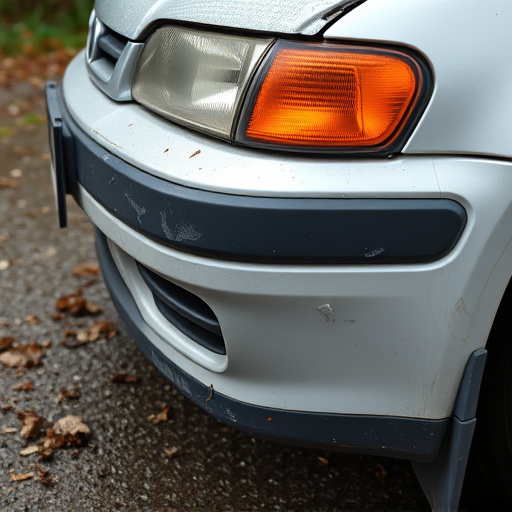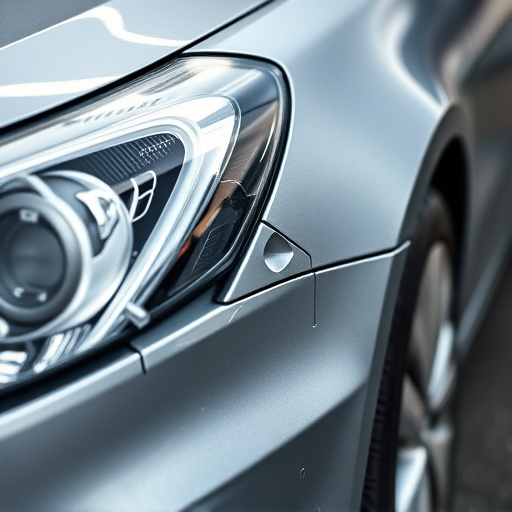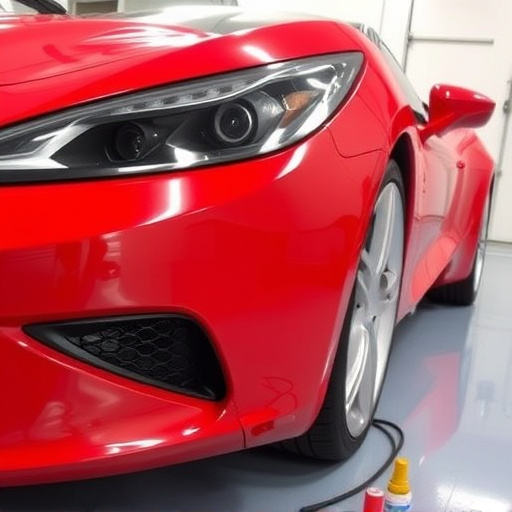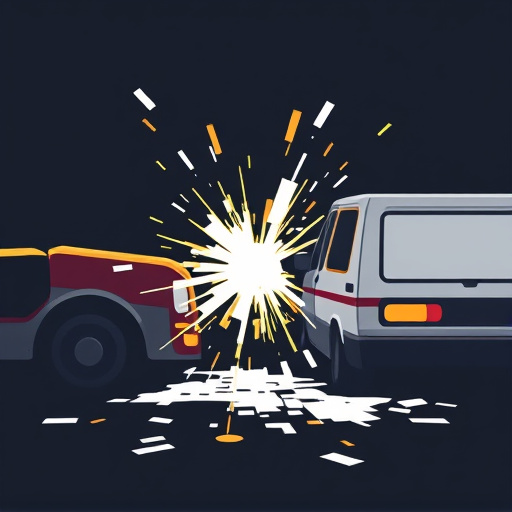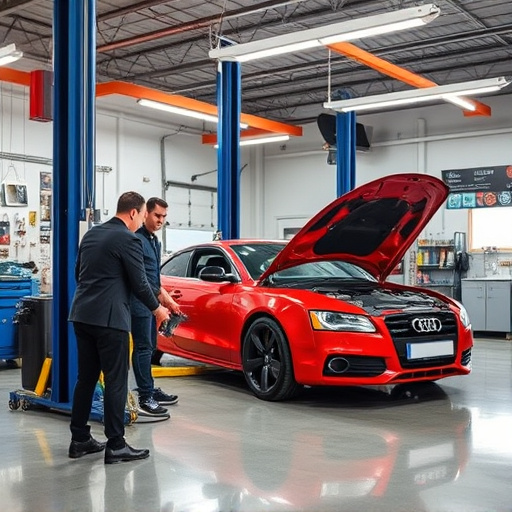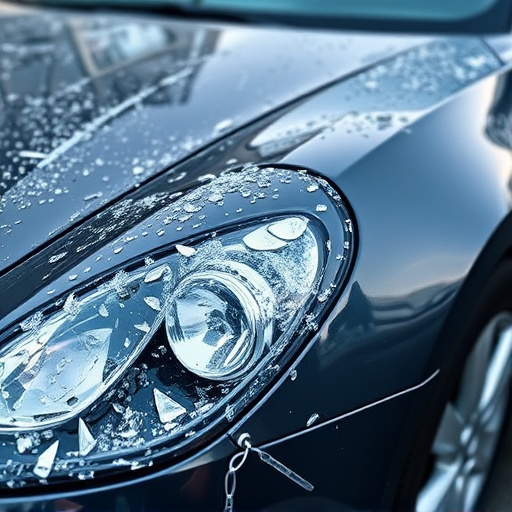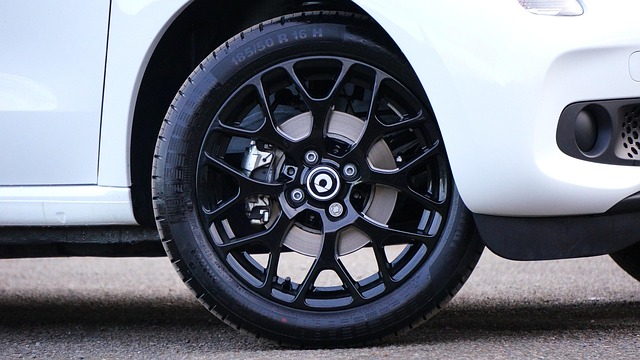Multi-vehicle collisions create complex situations requiring immediate safety measures and efficient scene management. Towing services are crucial for transporting damaged vehicles to collision centers for specialized repairs, including auto glass repair. Effective coordination among emergency responders, insurance companies, and automotive repair centers ensures swift road safety restoration. Efficient towing logistics at collision centers, achieved through best practices like secure vehicle securing and clear communication, expedite repair processes, enhancing service quality for all vehicle types, from everyday cars to luxury SUVs.
In cases of multi-vehicle collisions, efficient towing to a collision center is paramount. These complex incidents pose unique challenges, from managing multiple damaged vehicles to ensuring safe transport. Understanding these dynamics is crucial for optimizing collision center operations. This article explores how effective towing plays a pivotal role in streamlining the aftermath of multi-vehicle accidents. We delve into best practices and strategies to enhance safety and efficiency during this critical process.
- Understanding Multi-Vehicle Collisions and Their Unique Challenges
- The Role of Towing in Efficient Collision Center Operations
- Streamlining the Process: Best Practices for Safe Towing
Understanding Multi-Vehicle Collisions and Their Unique Challenges
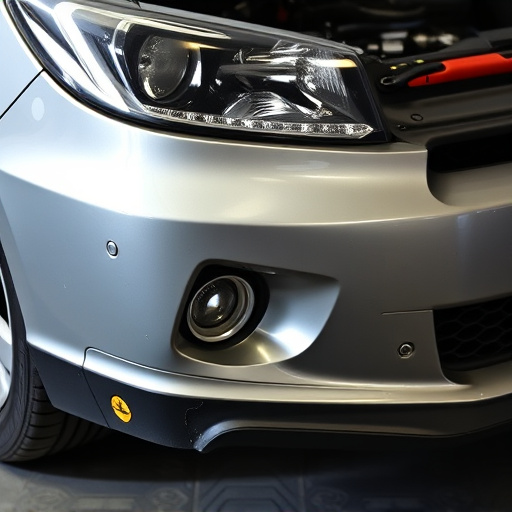
Multi-vehicle collisions, as the name suggests, involve multiple cars or vehicles crashing into each other simultaneously. These accidents are often complex and present unique challenges for all parties involved—from emergency responders to insurance companies and, most importantly, those injured in the crash. In such incidents, immediate concern is for safety, followed by efficient management of the scene to minimize secondary risks like fire hazards or further injuries.
Towing vehicles to a collision center is a critical step after a multi-vehicle accident. Specialized towing services ensure that each vehicle is handled with care, especially when multiple cars are damaged and need specialized attention. Once at the collision repair center, automotive repair services can begin the intricate process of assessing and fixing damage, which often includes auto glass repair among other repairs. Effective management during these situations requires a swift response from all involved parties to facilitate a smooth transition back to road safety for everyone affected.
The Role of Towing in Efficient Collision Center Operations
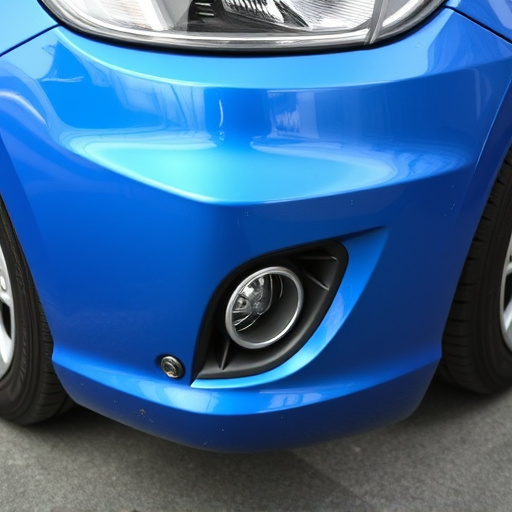
In the chaotic aftermath of a multi-vehicle collision, efficient operations at the collision center are paramount to ensure swift and safe vehicle restoration. Towing plays a pivotal role in this process by facilitating the timely transportation of damaged vehicles from the accident site to the collision center. This crucial step not only expedites the repair process but also ensures that each vehicle receives specialized care tailored to its specific needs, whether it involves minor repairs like bumper restoration or more complex tire services and collision repair services.
Efficient towing logistics enable collision centers to manage a higher volume of vehicles effectively, reducing wait times and enhancing overall service quality. By streamlining the movement of damaged cars, trucks, and SUVs, towing companies partner with collision centers to create a seamless workflow that ultimately benefits all parties involved, including insureds looking for prompt restoration of their vehicles after a traumatic event.
Streamlining the Process: Best Practices for Safe Towing
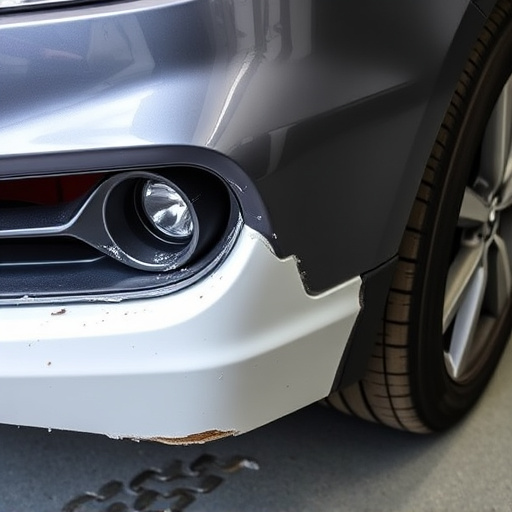
In the chaotic aftermath of a multi-vehicle collision, efficient and safe towing to a collision center is paramount. Streamlining this process involves several best practices that prioritize safety and effectiveness. First, ensure proper training for tow truck operators, as they play a crucial role in securing vehicles for transport. Using specialized equipment designed for different vehicle types—from standard cars to luxury vehicles—is essential to prevent damage during towing.
Additionally, clear communication between the collision center and the towing service is key. This includes providing precise location details, vehicle specifications, and any special handling requirements. Such practices not only expedite the process but also contribute to the overall quality of vehicle collision repair, whether for everyday or luxury vehicles. Effective streamlining even allows for potential vehicle restoration, ensuring that as much of the car remains intact as possible for repairs.
In light of the complex dynamics involved in multi-vehicle collisions, efficient towing to a collision center is crucial for swift and safe vehicle recovery. By understanding the unique challenges these incidents present and implementing best practices in towing operations, collision centers can optimize their processes. The role of towing companies becomes pivotal in ensuring a seamless flow of damaged vehicles, thereby facilitating faster turnaround times and enhancing overall service quality for all involved parties.
